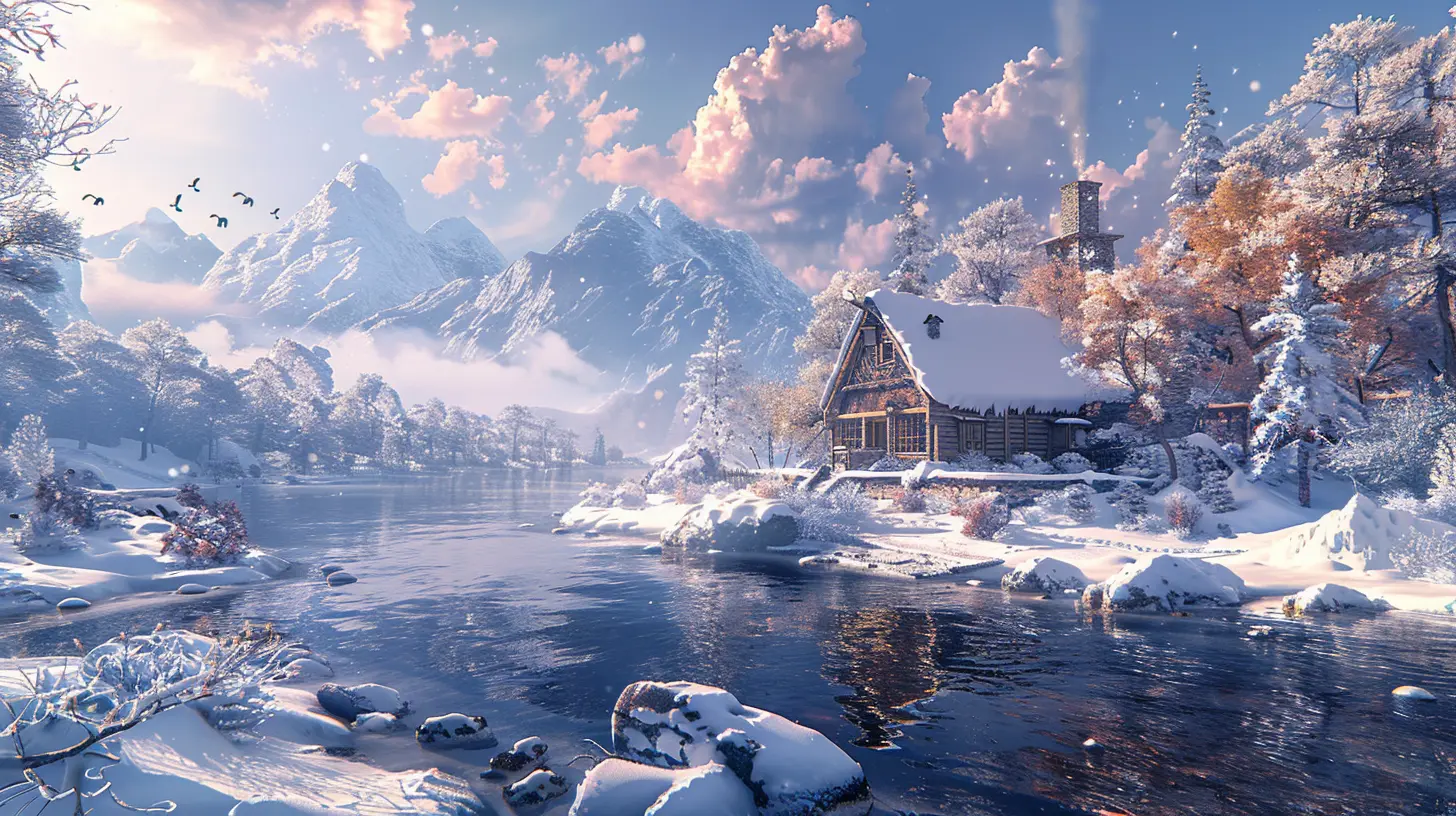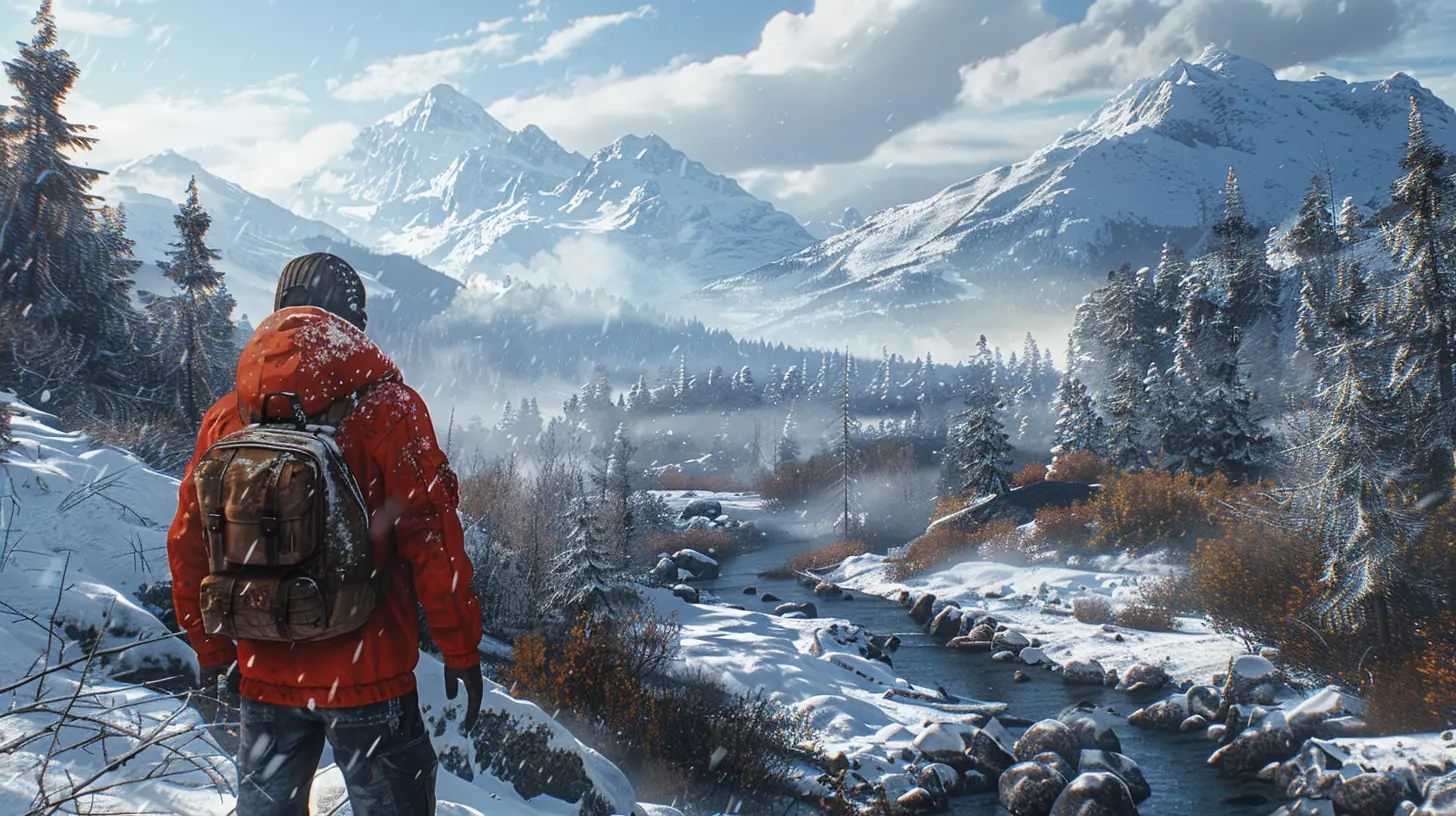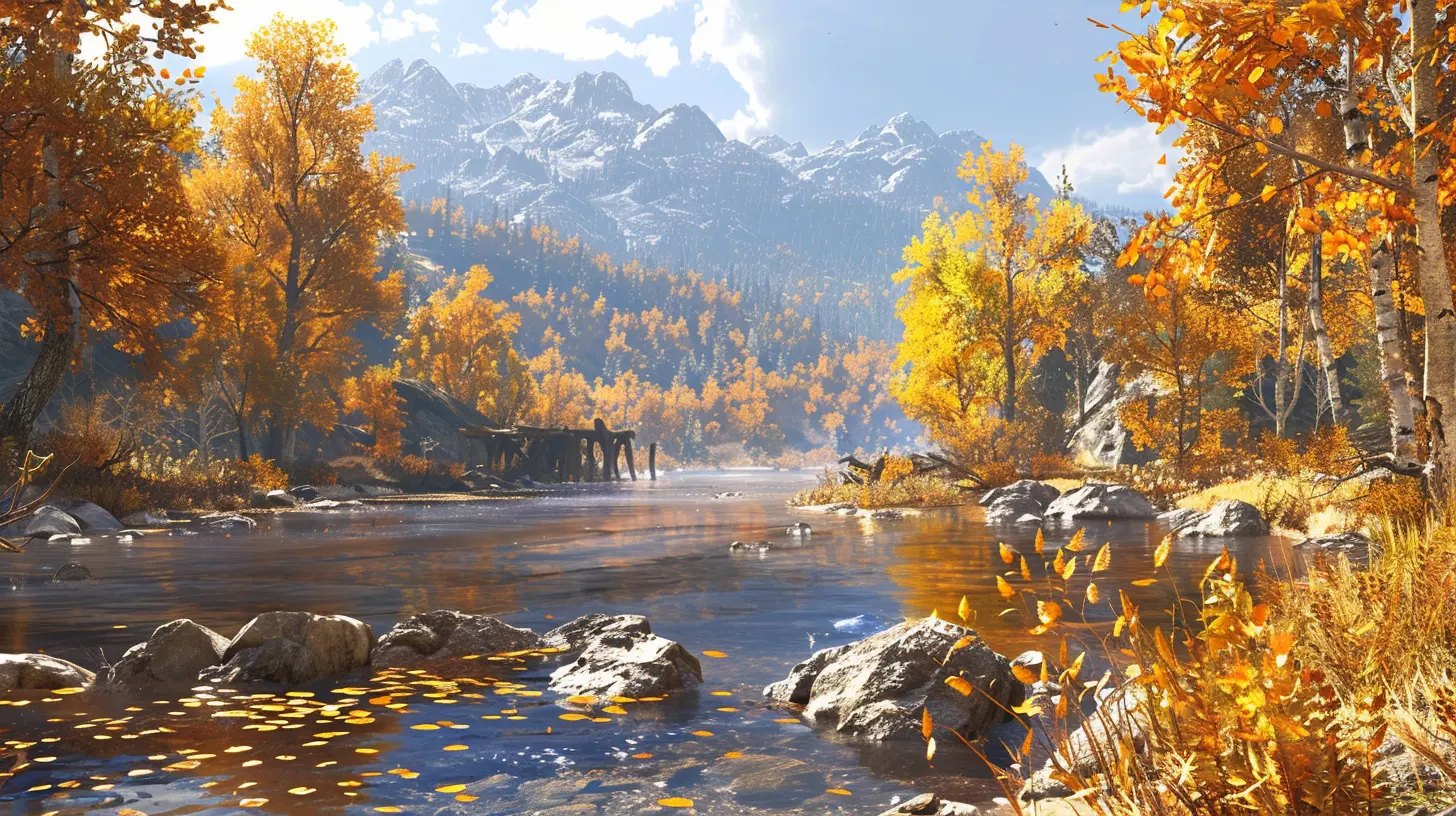The Role of Seasonal Content in Open-World Games
5 November 2025
Let’s face it—open-world games are massive, sprawling playgrounds designed to pull us in for hours on end. They’re practically their own little universes, filled with endless quests, awe-inspiring environments, and characters that feel as alive as your nosy neighbor. But there’s one thing that keeps these worlds from ever feeling stale: seasonal content.
Yep, you heard me right. That “limited-time winter festival” or “spooky Halloween event” you look forward to? It’s not just a fun distraction—it’s a power move by developers to keep you invested and immersed in their world for the long haul. Seasonal content in open-world games isn’t just fluff; it’s essential to keeping things fresh, relevant, and exciting. Let’s break it down.
What Is Seasonal Content, Anyway?
Before we get too deep, let’s talk about what seasonal content actually is. Think of it like a holiday calendar for your favorite video game. Seasonal content includes time-sensitive updates, events, or activities tied to specific times of the year—like Christmas, Halloween, or even summer vacations. These can be small changes (like falling snow or festive decorations) or massive, limited-time events with special rewards, quests, and cosmetics.For example, remember how Fortnite had that crazy one-off live concert with Travis Scott? Or how Animal Crossing: New Horizons brings in cherry blossoms and Easter eggs during spring? That’s seasonal content in action—it’s designed to keep players engaged by giving them something to look forward to. It creates this awesome sense of urgency because, hey, if you miss it, you miss it.
Why Seasonal Content Works So Well in Open-World Games
Alright, so why is seasonal content such a big deal in open-world games specifically? Here are a few reasons:1. Keeps the Game Feeling Fresh
Let’s be real: open-world games can sometimes feel… repetitive. Sure, they’re huge and packed with content, but if you’re just running the same fetch quests or grinding for loot, even the most beautiful landscapes can lose their charm. Seasonal updates break the monotony by bringing in new content, which shakes things up and keeps you coming back for more.Think about games like Genshin Impact. The world of Teyvat is already massive, but seasonal events like the Lantern Rite Festival give you brand-new activities and stories to experience. It’s like waking up to find your favorite coffee shop just launched a seasonal pumpkin spice latte—it’s still the same place, but now there’s something new and exciting to try.
2. Builds a Living, Breathing World
When a game mirrors real-life seasons or holidays, it makes the world feel more alive. Seeing winter blankets of snow or summer beach parties in your favorite game-world draws you in deeper. It’s almost like the game is evolving alongside you in real time.Take Red Dead Online, for example. During the holiday season, the developers add snow to the map, festive decorations, and themed rewards. These small touches go a long way in making you feel like you’re a part of a dynamic, ever-changing world. It’s like how your own town throws up Christmas lights every December—there’s just something magical about seeing the world shift around you.
3. Encourages Player Engagement
Seasonal content has a sneaky way of getting us to play more often. Why? Because it’s FOMO (fear of missing out) at its finest. If there’s a limited-time event promising exclusive weapons, skins, or achievements, you better believe gamers are logging in to get in on the action.Games like Destiny 2 are masters at this. Their seasonal events bring in limited-edition items and unlockables that you can’t get any other time. And even if you’re not crazy about rewards, the sheer fun of participating with other players in themed activities—a battle royale with snowballs, anyone?—is reason enough to join in.
4. Strengthens Community Bonds
Seasonal content isn’t just about gameplay; it’s about people too. When everyone is buzzing about the same event, jumping into co-op raids or helping each other complete challenges, it sparks a sense of community. It’s like a neighborhood block party but for gamers.For example, during a seasonal event in World of Warcraft, you’ll see players teaming up to tackle special bosses or trading rare seasonal items in chat. These shared experiences turn a solitary adventure into a collective celebration. And honestly, isn’t gaming better when it feels like we’re all in it together?
5. Gives Developers Room to Experiment
Seasonal events also give developers the freedom to try out creative, off-the-wall ideas without disrupting the game’s core mechanics. Because it’s temporary, they can really go wild with themes and gameplay without worrying about long-term consequences.Take Fortnite again. The “Winterfest” event brought snowball launchers, festive vehicles, and even crackling fireplaces where you could just chill (literally). None of this fundamentally changed the game’s formula, but it created a unique experience for players—one that left a lasting impression even after the snow melted.
Why Players Love Seasonal Content
Alright, we’ve looked at it from the developer’s perspective, but what about us? Why does seasonal content hit us right in the feels? Besides the obvious answer of “free stuff,” there’s something deeper going on.Nostalgia and Emotional Ties
Seasonal content taps into our real-world traditions and emotions. Halloween events make us feel like kids again, collecting candy and dressing up in silly costumes. Winter events? They hit that cozy, warm vibe we associate with hot cocoa and holiday cheer. It’s like the game is celebrating with us, creating emotional bonds that make us love it even more.Adds Replay Value
Seasonal content is like a mini-makeover for the game. Even if you’ve finished every quest and uncovered every secret, these events give you a reason to dive back in. And the best part? It changes every year—so no two seasons are ever quite the same.
Challenges of Seasonal Content
Okay, so seasonal content isn’t all sunshine and rainbows. As much as we love it, there are some challenges that developers face—and players experience too.1. Burnout
Let’s admit it: not everyone has the time to grind out every seasonal event. There’s a fine line between “fun limited-time activity” and “stressful obligation.” If the events are too demanding or frequent, players might feel overwhelmed and, ironically, less likely to participate.2. Exclusivity Blues
On the flip side, missing out can sting. If you couldn’t log in during a specific timeframe, you might miss that cool weapon or skin forever. For completionists, this can be a real kick in the shins.3. Development Struggles
Creating seasonal content isn’t easy—it takes time, resources, and creativity. If a game doesn’t have a massive development team, the content might feel rushed or underwhelming. And let’s not even talk about the bugs that sometimes creep in during new events.The Future of Seasonal Content in Open-World Games
So, where is this all heading? Well, as gaming technology evolves, we can expect seasonal content to get even better. Think more immersive live events, dynamic weather systems tied to actual seasons, and AI-powered NPCs that celebrate right alongside you. Games like Cyberpunk 2077 have already started experimenting with personalized, evolving worlds, so the possibilities are endless.But no matter how fancy things get, the core idea will remain the same: seasonal content keeps us coming back, keeps the world alive, and keeps the experience personal. And honestly, isn’t that what we’re all here for?
Final Thoughts
Seasonal content in open-world games isn’t just a gimmick—it’s a cornerstone of what keeps us hooked and invested. From festive decorations to limited-time events, these updates breathe new life into our favorite games, turning them into living, evolving experiences we can’t wait to revisit. Whether it’s celebrating the changing seasons or just giving us an excuse to log back in, seasonal content ensures that these virtual worlds feel more vibrant and alive than ever before.So, the next time you’re jumping into a snowy battlefield or collecting spooky candies, take a moment to appreciate the creativity and effort that goes into seasonal content. Who knows? Maybe it’s the closest thing we have to holiday magic in our digital adventures.
all images in this post were generated using AI tools
Category:
Season PassesAuthor:

Leandro Banks
Discussion
rate this article
1 comments
Patricia Bennett
Seasonal content in open-world games is like a holiday fruitcake—sometimes surprising, occasionally delightful, and often leaving you wondering who thought it was a good idea to mix those together!
November 6, 2025 at 3:24 AM

Leandro Banks
That's a clever analogy! Seasonal content can indeed be hit or miss, but when done right, it adds a unique flavor to the gaming experience.


